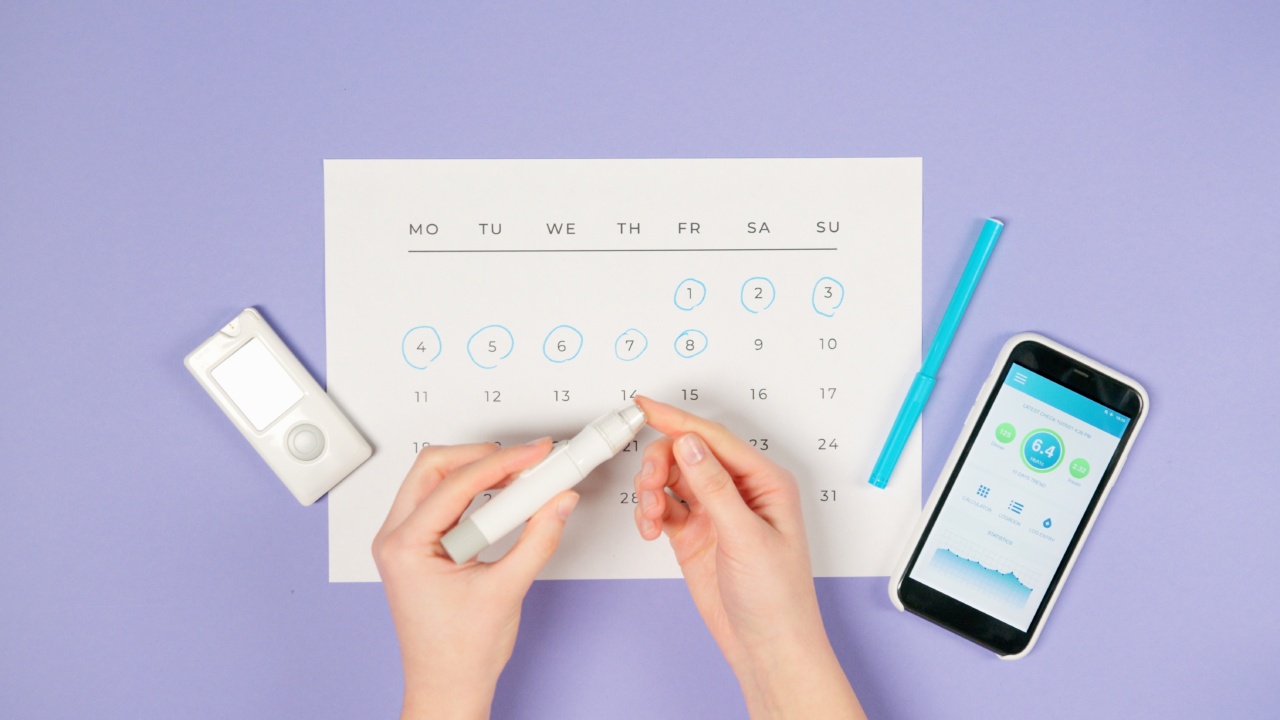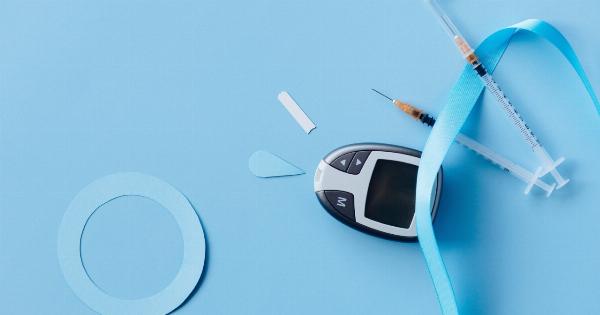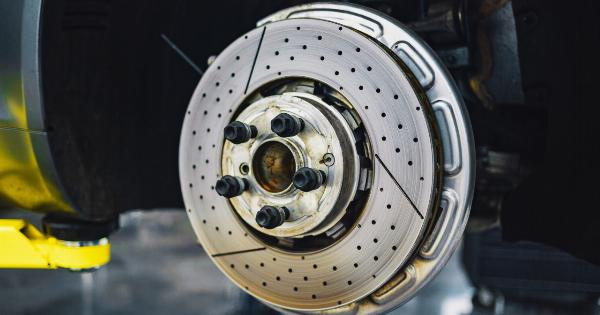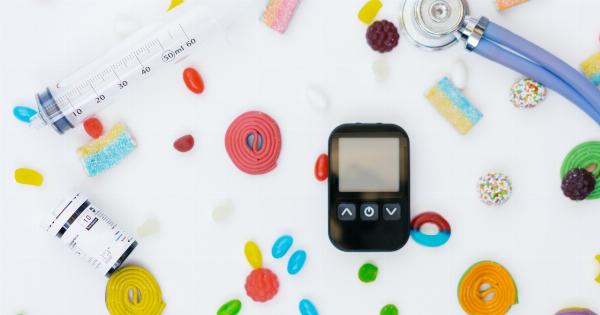Diabetes is a chronic medical condition that affects millions of people worldwide. One of the most challenging aspects of managing diabetes is the constant monitoring of blood glucose levels.
Over the years, various technologies have been developed to aid in diabetes management. One of these technologies is the Google Contact lenses. This article discusses how Google has developed contact lenses that can help people with diabetes monitor their glucose levels.
What are Google Contact Lenses?
Google Contact Lenses are wearable medical devices that are inserted into the eyes. These lenses contain tiny sensors that can detect glucose levels in the wearer’s tears.
The sensors then transmit this data wirelessly to a connected device, such as a smartphone or computer. The lenses were originally developed as a way to help those with vision impairments, but Google soon realized that they could be used to monitor glucose levels in people with diabetes.
How do Google Contact Lenses Work?
Google Contact Lenses are made from a thin, flexible material that is designed to be comfortable to wear. The lenses are fitted with a tiny wireless chip and a miniaturized glucose sensor.
The sensor is embedded between two layers of the lens material and is connected to an antenna that can transmit data to a nearby device.
The glucose sensor works by measuring the levels of glucose in the wearer’s tears. The sensor uses a small electric current to detect changes in glucose levels, which are then transmitted wirelessly to the connected device.
The lenses are designed to be worn for up to 24 hours, after which they can be disposed of.
Advantages of Google Contact Lenses for Diabetes Monitoring
Google Contact Lenses offer several advantages over traditional methods of diabetes monitoring. Some of the advantages include:.
Non-Invasive
Unlike traditional methods of diabetes monitoring, such as finger-prick testing, Google Contact Lenses are non-invasive.
This means that they do not require any blood to be drawn, making them less painful and less intimidating for those who are afraid of needles.
Continuous Monitoring
Google Contact Lenses offer continuous monitoring of glucose levels. This means that wearers can get real-time data on their glucose levels throughout the day, without having to stop and take a test.
This can be particularly useful for people who have difficulty managing their glucose levels or who have frequent hypoglycemic (low blood sugar) episodes.
Discreet
Google Contact Lenses are very discreet. They are designed to look like regular contact lenses and can be worn without drawing attention. This can be especially useful for people who feel self-conscious about wearing medical devices.
Convenient
Google Contact Lenses are very convenient. They can be worn for up to 24 hours and do not require any special attention or maintenance.
This means that wearers can go about their daily activities without having to constantly worry about their glucose levels.
Limitations of Google Contact Lenses for Diabetes Monitoring
While Google Contact Lenses offer several advantages for diabetes monitoring, there are also some limitations to their use. Some of the limitations include:.
Accuracy
The accuracy of the Google Contact Lenses in measuring glucose levels has been a subject of debate. While early studies have shown promising results, more research is needed to determine the accuracy of these devices in real-world conditions.
Factors such as humidity, temperature, and other variables can affect the accuracy of the sensors.
Availability
Currently, Google Contact Lenses are only available in limited quantities for research purposes. They are not yet available for commercial use, and it is unclear when they will be made widely available to the public.
Cost
The cost of Google Contact Lenses is currently unknown. It is unclear how much the lenses will cost if and when they are made available for commercial use.
Compatibility
Google Contact Lenses may not be compatible with all types of eyes or vision impairments. It is important for wearers to consult with their eye doctor before using the lenses.
Conclusion
Google Contact Lenses offer a promising new way for people with diabetes to monitor their glucose levels. The lenses are non-invasive, offer continuous monitoring, are discreet, and are convenient to use.
However, there are limitations to their use, including accuracy, availability, cost, and compatibility. More research is needed to determine the accuracy of the sensors in real-world conditions, and it is unclear when the lenses will be made widely available to the public.


























